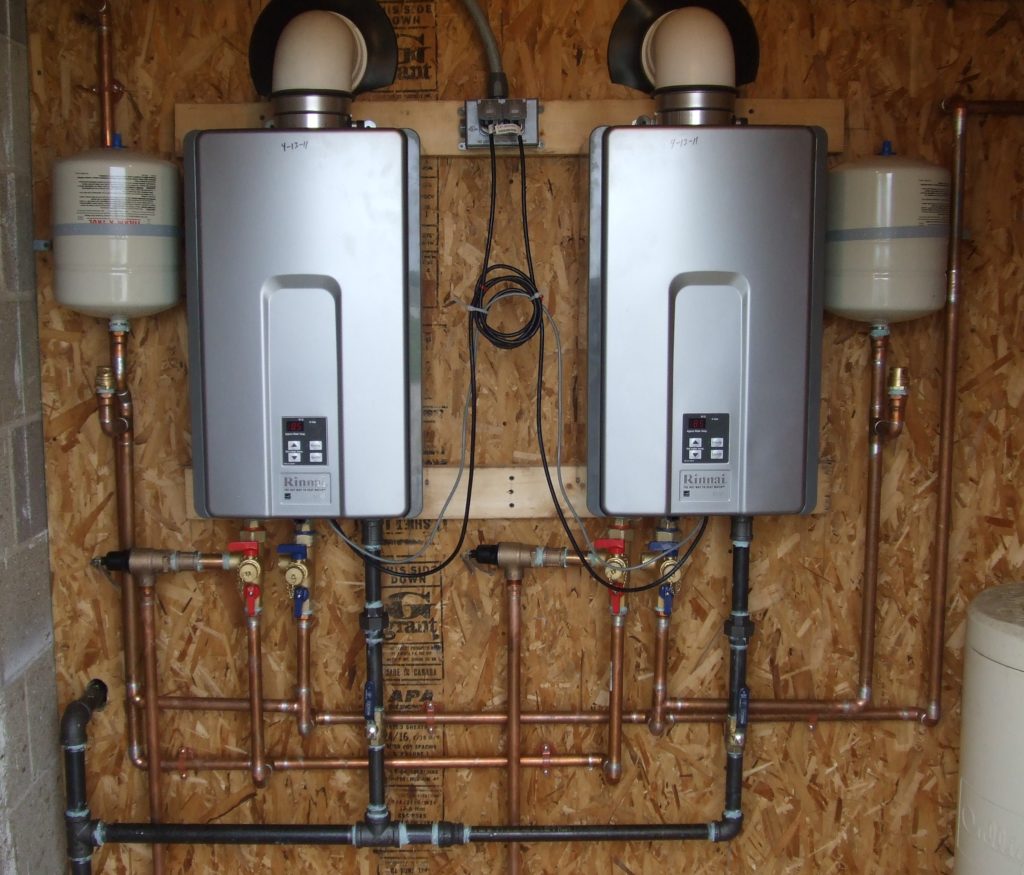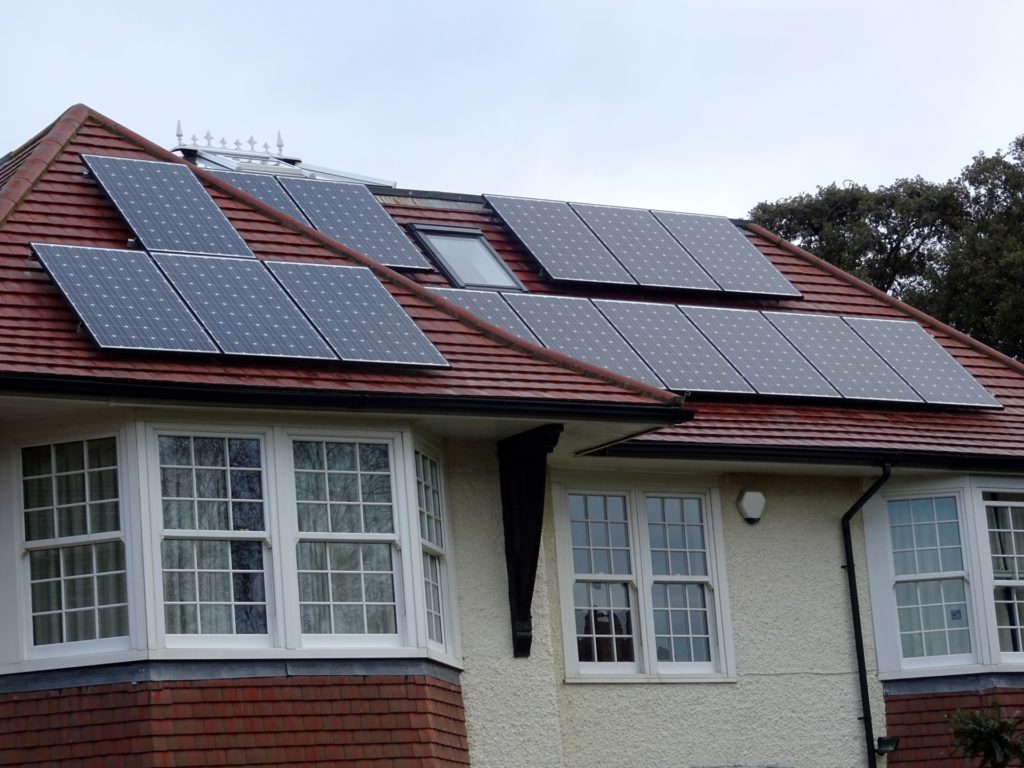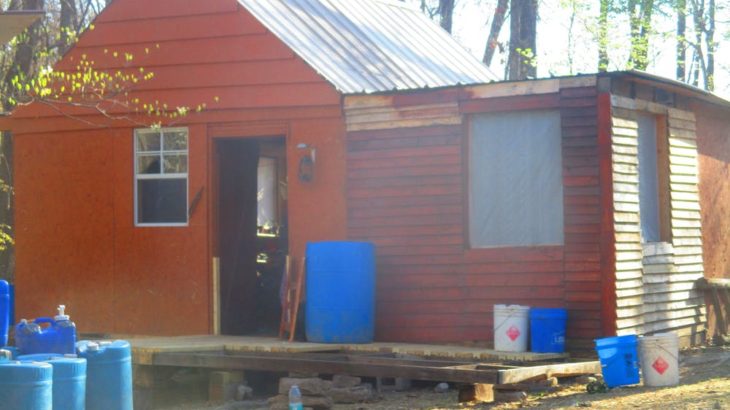How many of you have ever thought about just disappearing? Packing up all that you own and going off to live in a cabin in the woods or in the country. Sounds nice, right? Escaping from the business and stress of on-grid living. You’re not alone. People from all over and for many different reasons have learned how to live off the grid. Whether it be for ecological reasons or you are just fed up with society, living off the grid is possible and not as difficult as many might think.
Rather than the easy way of handling your electricity needs when going off-grid, which is to call a solar installation company and have them cover the roof with panels and fill your garage or basement with batteries, in this article, we will be looking at the smart way of doing things, which will be to make your home more energy-efficient first.
Firstly, you need to look at your big energy users and how you can change or remove them in order to reduce your energy demands. Let’s start with…
The Water Heater
Water heaters are an essential part of any household, so you need to look at ways to make them more efficient rather than removing them altogether. We know that in order to keep something hot, we must keep replacing the energy that is being lost into the environment. We also must keep on heating the cold water that is added to replace any of the hot water we have used. In order to make this process as efficient as possible, there are two possible solutions.
The first option is to change your water heater or geyser to a solar one. This type of heater sits in a sunny spot on the roof and uses black vacuum tubes to harness the heat from the sun and use it to heat up your water and to keep it warm. These heaters often come with an element as well to boost the water temperature when there has not been enough sun throughout the day. These heaters, however, can only be used in warmer, sunny climates and are not suitable for snow or icy regions.
The second (and possibly better) option is to replace the water heater with an inline gas or electric model. Why should we store large amounts of hot water and pay to keep the water hot when we can just heat water up as we need it? These devices are fitted near the tap or shower and switch on automatically when water starts flowing to instantly heat up the water.

The next big user of electricity in your home is
The Air Conditioning and Central Heating.
Consider replacing your air conditioner with an evaporative cooler. These box-like systems look similar to an AC and can be mounted on a wall or on the roof. They rely on the evaporation of water in order to cool the air which is blown through them. In hot climates with low humidity, they are just as effective as air conditioning and use up to 80% less electricity. If an evaporative cooler won’t work in your environment due to high humidity, then switch to ordinary household fans, a fan also uses up to 95% less electricity than the air conditioner.
For heating, you should again consider switching to gas or to a solid fuel-based central heater. Gas heating systems are the most efficient, often the cheapest to buy and gas is one of the cheaper fuels you can buy. In some regions, gas is piped directly to your home so you don’t need to worry about having cylinders stored around your property.
Next up is…
Kitchen Appliances (Stove, Oven & Refrigerator)
Gas stoves and gas ovens are the best solutions for an off-grid home and if you are changing your heating and water heating to gas solutions then it will be easy for you to install a single cylinder or pipe your gas line to multiple appliances and reap the rewards of reduced energy consumption. In the long run, however, replacing your kitchen appliances can be left till last since, individually, they don’t impact your energy consumption to a large degree.
Lighting
This is probably the best-marketed energy saving tip for your home, changing your incandescent bulbs to LED bulbs can save you up to 90%. However, the savings are actually quite low in comparison to making changes to your water heating, stove or air conditioning. Having said that, changing your household lighting to LEDs is a must if you are going off-grid. The number of lights in your home quickly add up and if you do the math on additional inverter size and additional batteries you require to run more power-hungry CFL, fluorescent or incandescent lights, you will see that it is much cheaper to change all of your lights to LEDs before changing to a solar installation.
Now You Can Change to Solar Panels

Once you have worked through these big energy users, your home will already be using significantly less electricity. You will then only have to supply a fraction of what you used before you made changes with your new solar installation, which implies you made more savings than originally anticipated.
That’s it, your home will now be using much less energy and your new solar installation will cost you a fraction of what it was going to cost just by making a few changes to the way in which your home uses energy. Come back next time for ways to bring your water and sewage off-grid!




















Great tips, been thinking about doing the big change